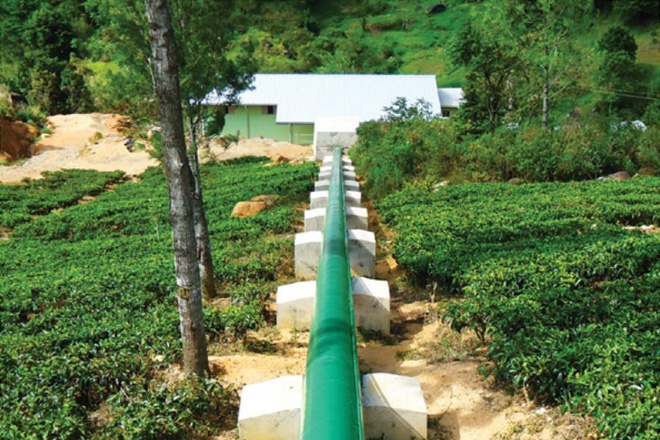 June 15, 2015 (LBO) – Sri Lanka’s Aitken Spence group said it plans to start construction of two new resorts in Maldives which will add 360 room to its portfolio and boost capacity in Maldives by 57 percent.
June 15, 2015 (LBO) – Sri Lanka’s Aitken Spence group said it plans to start construction of two new resorts in Maldives which will add 360 room to its portfolio and boost capacity in Maldives by 57 percent.The group acquired two islands, Aarah Island in Raa Atoll in 2014 and Raa Fushi in Noonu Atoll in 2015 for the basis of lease, which will bring the total number of islands held by Aitken Spence in the atolls to six.
“We will commence the construction of two new resort properties on these two islands, Aarah in Raa Atoll and Raafushi in Noonu Atoll during the year ahead,” J M Brito, Managing Director of Aitken Spence told shareholders in the annual report 2014/2015.
“Our strategy of being a regional player once again paid dividends and the properties in Maldives and Oman performed remarkably, with the Maldives properties being the highest contributor to the Group, accounting for over 70 percent of our profitability,”
“We continued to be the largest single foreign operator in the Maldives in terms of resort capacity.”
The group already operates five resorts in four islands in the Maldives with 630 rooms and 1,200 beds, the company said.
The hotel brand “Adaaran” established in Maldives has continued to be the highest contributor to the group’s profitability in 2014 /15 adding more than 70 percent to profits during the year.
Revenues from these properties increased by 3.3 percent to 10 billion rupees during the year. Chinese visitors continued to make up the highest share of visitors to the Adaaran properties, the company said.
Aitken Spence said it plans to build a 160 roomed resort on Aarah in Raa Atoll where design work is ongoing and construction expected to commence this year.
A 200 roomed resort is being planned for Raa Fushi in Noonu Island, which was acquired in 2014 and design work is on-going. Construction is to commence in 2015, the company said.
